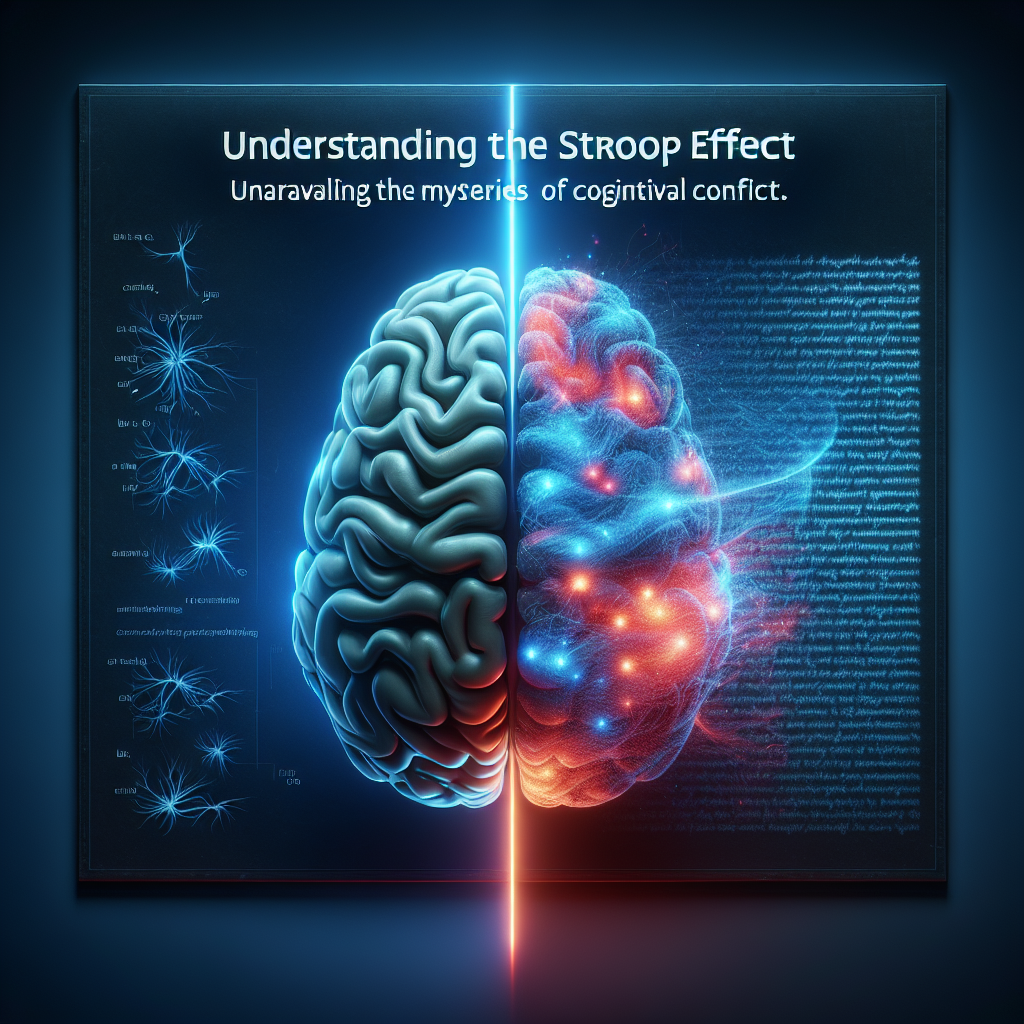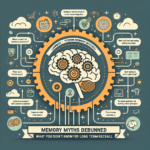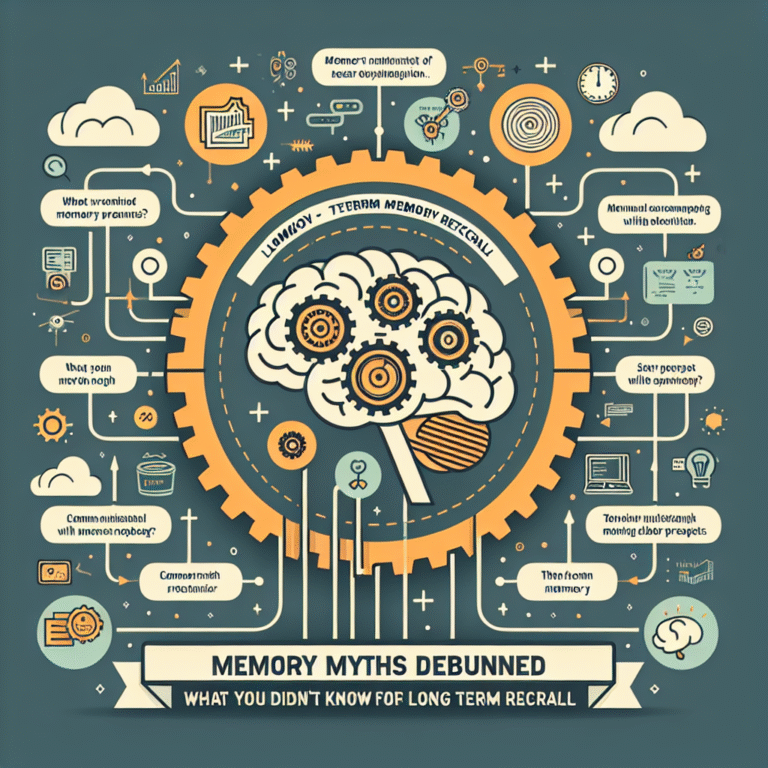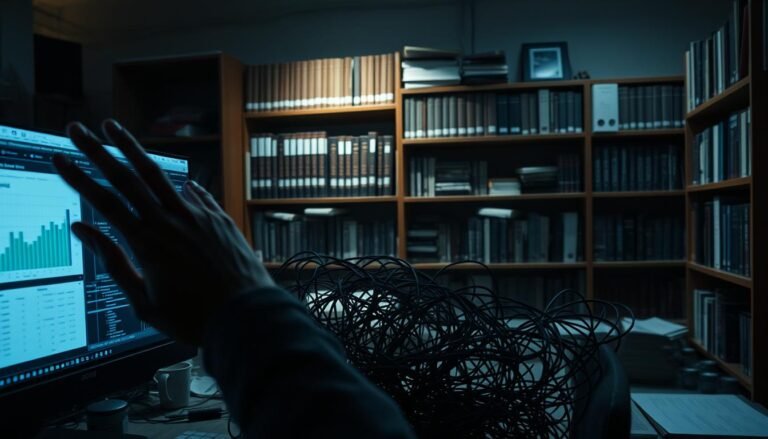
Introduction
Imagine walking into a room where a friend points to a series of colored words, and your task is to say the color of the ink rather than the word itself. So, if the word "RED" is written in blue ink, you must say "blue." This seemingly simple task can turn frustrating and challenging, showcasing a psychological phenomenon known as the Stroop Effect. Understanding the Stroop Effect: Unraveling the Mysteries of Cognitive Conflict not only delves into the neuroscience behind this intriguing phenomenon but also reveals insights into our cognitive processes, decision-making, and even the challenges we face in daily life.
Cognitive conflict occurs when our brain encounters competing information, leading to a delay in response and even errors. The Stroop Effect serves as a powerful demonstration of how our cognitive system struggles to process conflicting cues. Join me as we explore the depths of this fascinating effect, investigate its implications, and glean valuable insights that could improve cognitive functioning in everyday life.
What is the Stroop Effect?
The Origins
The Stroop Effect was first described by psychologist John Ridley Stroop in 1935. He designed an experiment where participants read color words printed in various ink colors. For example, the word "green" printed in red ink creates a conflicting situation, making it difficult to respond accurately. This disconnect between meaning and color leads to increased response times and errors.
The Mechanism Behind the Effect
Understanding the Stroop Effect: Unraveling the Mysteries of Cognitive Conflict involves dissecting the brain processes at play. The phenomenon occurs due to two types of processing: automatic and controlled.
- Automatic Processing: This is fast and often unconscious; for instance, reading a word comes naturally to many of us.
- Controlled Processing: This requires concentration and effort—as when we force ourselves to focus on the ink color rather than the word itself.
When presented with conflicting information, like the word "red" printed in blue ink, the brain must struggle to prioritize the task at hand, leading to slower reactions.
Variations of the Stroop Task
Classic Stroop Task
In the classic version, participants are read a list of color words, and their task is to name the ink color. This reveals significant delays in response time when the ink color conflicts with the word meaning.
Emotional Stroop Task
The emotional version replaces colors with emotionally charged words. For example, words like "happy" or "sad" printed in varying colors challenge participants differently, allowing researchers to analyze emotional responses alongside cognitive function.
Spatial Stroop Task
In this variation, the spatial arrangement of stimuli plays a role. For example, if the word "LEFT" is presented on the right side of the screen, participants may hesitate before responding, illustrating the cognitive conflict inherent in spatial awareness and language processing.
Real-World Applications: Case Studies
Case Study 1: The Workplace
A 2020 study highlighted how the Stroop Effect could impact workplace performance. Employees engaged in tasks where they had to ignore distracting information—like multiple pop-up notifications on computers—exhibited significant slowdowns in task performance. Understanding the Stroop Effect: Unraveling the Mysteries of Cognitive Conflict can help businesses design better work environments that minimize distractions.
Case Study 2: Education
In educational settings, teachers often face the challenge of maintaining students’ focus. A study in 2021 showed that classrooms implementing strategies based on the Stroop Effect—like reducing visual clutter—improved student concentration and academic performance. This underscores the need for effective environmental design in learning contexts.
Case Study 3: Mental Health
Research also suggests the Stroop Effect can be a useful diagnostic tool for depression and anxiety. In a notable study, individuals with high anxiety levels performed significantly worse on Stroop tasks, indicating increased cognitive conflict. This insight can help mental health professionals tailor interventions that address cognitive overload.
Tables and Charts for Clarity
Table 1: Stroop Task Variations and Their Impacts
| Task Type | Description | Cognitive Conflict Level |
|---|---|---|
| Classic Stroop Task | Ink color vs. word meaning | High |
| Emotional Stroop Task | Emotionally charged words in different colors | Moderate |
| Spatial Stroop Task | Spatial arrangement of conflicting words | High |
Chart 1: Response Times in Stroop Tasks
| Task | Avg Response Time (seconds) |
|---------------------|------------------------------|
| Classic | 1.7 |
| Emotional | 2.3 |
| Spatial | 2.0 |The Role of Cognitive Load
Understanding the Stroop Effect: Unraveling the Mysteries of Cognitive Conflict isn’t complete without discussing cognitive load. Cognitive load refers to the total amount of mental effort being used in the working memory. High cognitive load can lead to mistakes and slower performance in tasks, particularly those requiring quick decision-making.
Managing Cognitive Load
To improve cognitive performance, strategies can be employed that reduce unnecessary cognitive load:
- Mindfulness Techniques: Practicing mindfulness can enhance focus and reduce distractions.
- Prioritizing Information: Learning to focus on vital information can streamline thought processes.
- Task Breaks: Breaking tasks into manageable parts allows for greater concentration and less mental fatigue.
Conclusion
Understanding the Stroop Effect: Unraveling the Mysteries of Cognitive Conflict provides invaluable insights into how our brains process competing information every day. By recognizing the mechanisms behind cognitive conflict, we can improve our performance in various areas—from education to the workplace and even mental health.
Embracing the lessons of the Stroop Effect enables us to navigate the complexities of daily decision-making more effectively. It teaches us that awareness and control are key in overcoming distractions, leading to improved focus and productivity.
FAQs
1. What is the Stroop Effect?
The Stroop Effect is a psychological phenomenon demonstrating the delay in reaction time when the color of the ink used to print a word conflicts with the meaning of the word itself.
2. How does cognitive conflict manifest in daily life?
Cognitive conflict occurs when we face competing information, such as trying to focus on a task while being distracted by notifications. This leads to slower response times and potential errors.
3. Can the Stroop Effect inform workplace practices?
Yes, understanding the Stroop Effect can help organizations design work environments that minimize distractions, improving employee focus and overall productivity.
4. What are some strategies to manage cognitive load?
Strategies include practicing mindfulness, prioritizing essential information, and taking breaks to prevent mental fatigue.
5. How is the Stroop Effect related to mental health?
Research suggests that individuals with anxiety may struggle more on Stroop tasks, indicating heightened cognitive conflict that can inform treatment approaches.
In summary, exploring the Stroop Effect illuminates significant aspects of our cognitive experiences, offering valuable tools for improving our daily lives and mental well-being.
This article aimed to encapsulate the multifaceted nature of the Stroop Effect while ensuring it remained engaging and informative, drawing readers into a deeper understanding of cognitive conflict and its day-to-day implications.
















